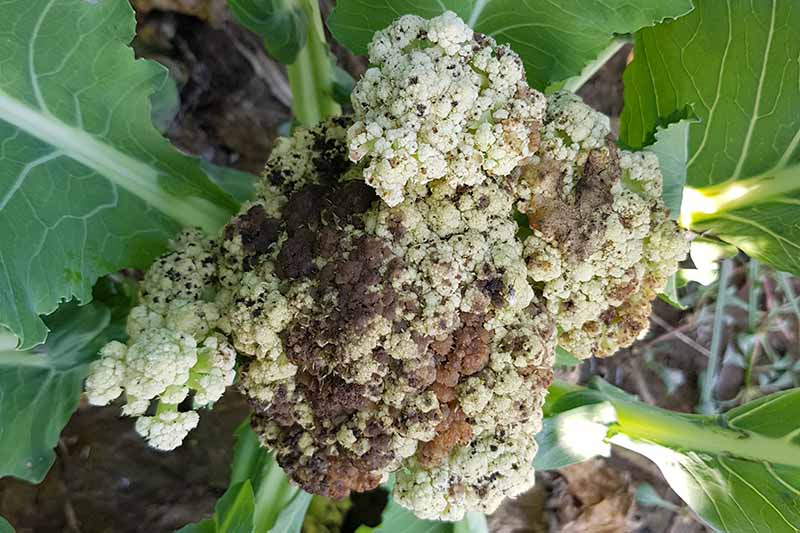
Gardening is often perceived as a serene and nurturing experience, a connection to nature that yields beauty and nourishment. However, lurking beneath the surface lies a complex world of challenges, particularly in the realms of disease and decay gardening. This unique approach to gardening acknowledges the inevitability of decay and disease, transforming perceived failures into opportunities for growth and renewal. By understanding and harnessing these natural processes, gardeners can cultivate a more resilient ecosystem that thrives on the cycles of life.
In the realm of disease and decay gardening, the focus shifts from merely preventing or eliminating problems to embracing them as integral parts of the gardening journey. This mindset encourages a deeper understanding of plant health, soil biology, and the interconnectedness of all living organisms. As gardeners become more attuned to the signs of disease and decay, they can employ strategies that promote sustainability and biodiversity, ultimately leading to a more harmonious relationship with the environment.
The art of disease and decay gardening invites individuals to rethink their approach to gardening. Rather than viewing disease as a setback, this philosophy promotes the idea that decay can enrich the soil and support new plant life. By fostering a culture of resilience and adaptability, gardeners can create thriving ecosystems that not only survive but flourish in the face of challenges.
What is Disease and Decay Gardening?
Disease and decay gardening refers to practices that incorporate the natural processes of decay and the management of plant diseases as part of the gardening experience. Instead of striving for a pristine garden devoid of imperfections, this approach celebrates the role of decomposition and the inevitable presence of disease, using them to enhance soil health and plant vitality.
How Does Decay Benefit the Garden?
Decay plays a crucial role in the ecosystem. When organic matter breaks down, it releases nutrients back into the soil, enriching it and providing essential resources for plants. Here are some benefits of decay in gardening:
- Nutrient Cycling: Decomposed materials contribute to the nutrient cycle, replenishing the soil with essential elements.
- Soil Structure Improvement: Decomposed organic matter enhances soil structure, improving aeration and water retention.
- Microbial Activity: Decay fosters a diverse microbial community, which is vital for nutrient breakdown and plant health.
- Plant Resilience: A garden that embraces decay can produce more resilient plants that are better able to withstand diseases.
Which Plants Are Most Affected by Disease?
Understanding which plants are most susceptible to diseases can help gardeners implement effective disease management strategies. Some common plants that often face challenges include:
- Tomatoes: Prone to blight, wilt, and fungal infections.
- Roses: Susceptible to powdery mildew and black spot.
- Potatoes: Often affected by late blight.
- Beans: Can suffer from rust and bacterial blight.
How Can You Manage Disease in Your Garden?
Effective management of diseases in the garden requires a combination of prevention, monitoring, and intervention strategies. Here are some essential tips:
What Role Does Compost Play in Disease and Decay Gardening?
Compost is a cornerstone of disease and decay gardening. It not only facilitates the decomposition process but also improves soil health and plant growth. Here's how compost contributes:
- Nutrient-Rich Environment: Compost adds essential nutrients to the soil, supporting plant health.
- Microbial Diversity: It introduces beneficial microorganisms that can outcompete pathogens.
- Moisture Retention: Compost helps retain soil moisture, which is crucial for plant vitality.
Can You Embrace Decay in Your Gardening Practices?
Embracing decay in gardening means recognizing its value and incorporating it into your practices. Here are some ways to embrace decay:
What Are the Challenges of Disease and Decay Gardening?
While disease and decay gardening offers many benefits, it is not without its challenges. Some challenges include:
- Managing Pests: Decay can attract pests that may harm plants.
- Balancing Nutrient Levels: Excessive decay can lead to nutrient imbalances if not managed properly.
- Understanding Plant Needs: Different plants have varying tolerances to disease and decay.
Conclusion: Is Disease and Decay Gardening Right for You?
Ultimately, disease and decay gardening is about embracing the natural cycles of life and death. By understanding and managing the processes of decay and disease, gardeners can create thriving ecosystems that are resilient and sustainable. Whether you are a novice gardener or an experienced horticulturist, incorporating the principles of disease and decay gardening into your practices can lead to a more rewarding gardening experience.
ncG1vNJzZmivp6x7p7XGoaugqpGlva2x05qnZ5ufonyku82tnKespJqwqX2OnaCsnZGosm6tzZ1knZ2TlsZus8Crm56mmaO0b7TTpqM%3D